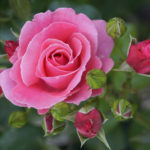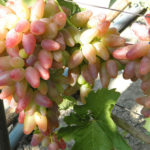Rose Claude Brasseur
The classic version of the rose is a plant whose shoots are crowned with red flowers. However, thanks to selection, at the moment, each grower has a great opportunity to replenish his collection of aristocratic beauties with varieties that give buds of cold shades. A true connoisseur of decorative cultures will definitely like the Claude Brasseur variety with delicate lilac flowers.
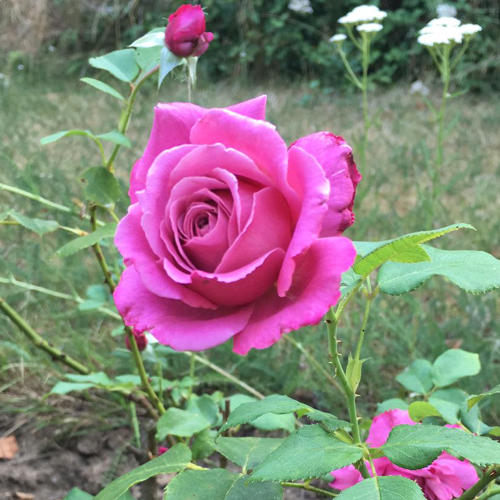
History of creation and description of the variety
The mentioned species of the noble plant was created in 2006 in France by breeders of the Meilland International rose-growing company. It got its name in honor of the French actor Claude Brasseur. The variety belongs to the hybrid tea group.
Claude Brasseur is a bush with a height of 70 to 90 cm. Its width does not exceed half a meter. Strong, erect shoots of an ornamental shrub are "dressed" with dark green dense leaves with a matte surface. The shade of rose flowers can be described as lavender. It is he, and also the doubleness of the petals, that give the plant a special French charm. The diameter of fully blossoming buds is 13-14 cm. The number of petals in one flower varies from 70 to 75 pieces.
An important feature of the variety is the resistance of flowers that form on the shrub. They, firstly, do not fade in the sun, and secondly, they retain their shape for up to 15 days. Claude Brasseur is a very scented variety of roses. The aroma of its goblet buds is intense, it combines citrus notes and the scent of verbena. In cloudy weather, the color of the flowers becomes more saturated.
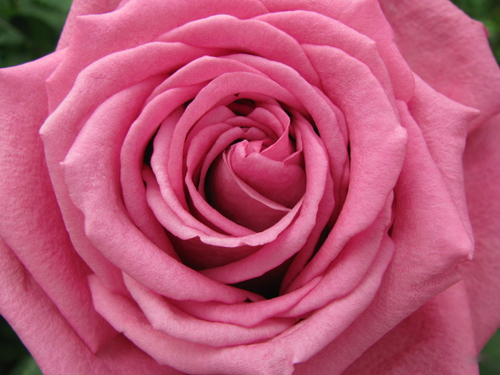
Other advantages of the culture: sufficient protection from powdery mildew and black spot, high resistance to cold weather, abundant and long flowering from June to September. Unfortunately, rainfall affects the appearance of the plant negatively: during the rain, the flower petals remain tightly closed.
Growing and care
The shrub is not afraid of direct sunlight, and therefore it can be planted in an area where there is a lot of light. It is better to protect the plant from drafts, because, like any varietal crop, Claude Brasseur can negatively react to the effects of a cold wind.
The best time to plant shrubs is from late April to mid-May. The rose is responsive to light loamy soils: loose, fertile, slightly moist. A mixture of compost and peat is introduced into the planting hole with a depth of no more than 50 cm, but first a layer of drainage material is laid on the very bottom of the hole - pebbles, sand, expanded clay. The root collar is not buried. At the end of this procedure, the seedling must be watered.
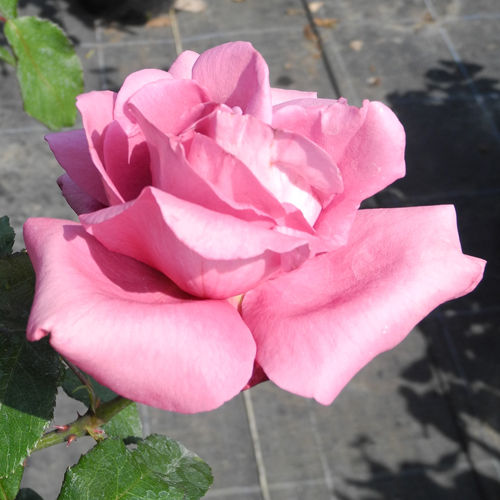
The plant needs regular soil moisture. It is enough to water the flower 1-2 times a week. To do this, use settled water heated in the sun to a warm state. After each watering, the soil under the bush must be loosened to maintain its good air permeability.
In order for the rose to delight the eye with rich lilac flowers all summer long, apply fertilizer under it from time to time. In the spring, it should be nitrogen concentrates. In the summer, in the bud-setting phase and at the beginning of flowering, feed Claude Brasseur with mineral complexes. The frequency of fertilization is once every 2-3 weeks.
Timely pruning is shown to the plant. This is especially true for the spring event. But during the preparation of the culture for wintering, the bush should not be subject to shortening of the shoots, otherwise the flower will not have enough strength to withstand low temperatures. By the way, in the fall, a simple hilling with earth is enough for a beauty.
The high resistance of the rose to fungal diseases does not negate the need to resort to additional protection of the crop, since in a damp summer the risk of powdery mildew and black spot on the plant increases. For preventive purposes, the shrub should be treated twice a season with copper sulfate or Bordeaux liquid. When pests appear on the leaves, the infected shoots must be removed and burned, and the bush itself must be sprayed with an insecticide solution.
Use cases
Claude Brasseur can be cultivated both as a bush and as a trunk. Moreover, the standard rose with charming lavender flowers looks much more impressive than the classic version. The sophisticated beauty is ideal for growing in rose gardens. In the garden, shrubs of this variety are used to form borders and flower beds. Claude Brasseur goes well in group plantings with bright dahlias and snow-white daisies. The variety is also suitable for cutting. Delicate lilac flowers can make any bouquet incomparable, which, moreover, will stand for a long time in a vase without visible changes.



